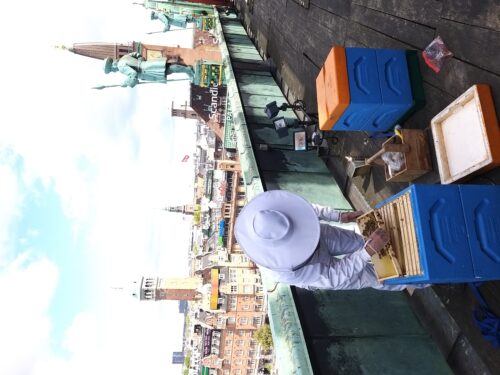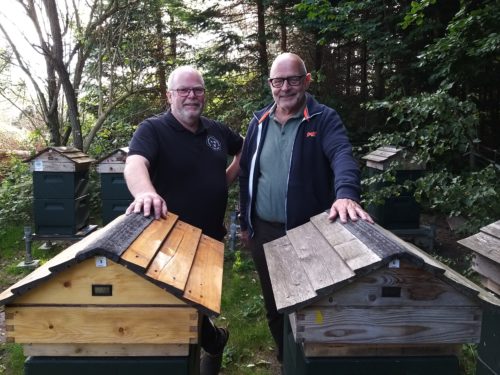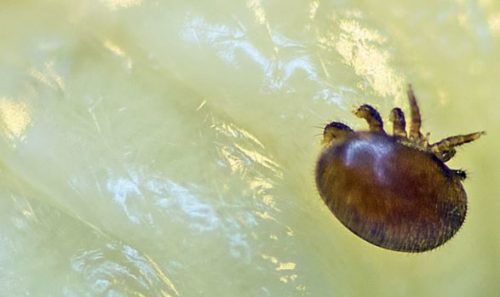
By Amadeo Fernandez-Alba (Spain) Flemming Vejsnæs (Denmark) & Sjef van der Steen (The Netherlands) – The international INSIGNIA group
Microplastics are everywhere. The term microplastic is given to all micrometre (thousandth of a millimetre) sized plastic fragments. These small-sized plastic fragments come from cosmetics and industry, called primary microplastics, and also from the degradation of the enormous amounts of plastics all over the world, called secondary microplastics. Furthermore, there are also synthetic fibres, twisted with wool, cotton or cellulose used in clothing. Due to wear and washing, small parts of these fibres also end up in the environment and are also considered microplastics.








